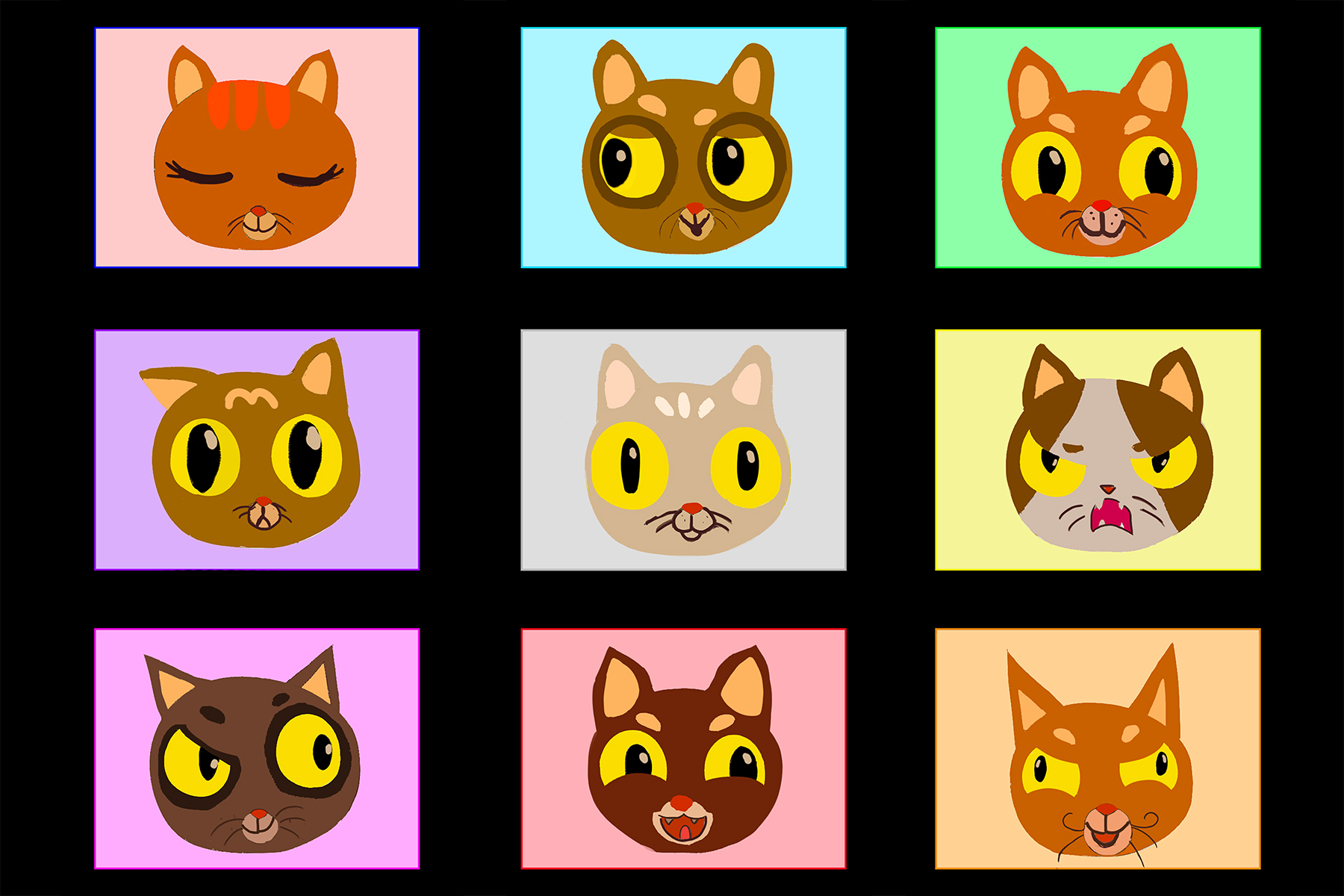One unassuming day at college, I returned to my hallway to find what looked like a large tic-tac-toe board made of duct tape on the wall. There were nine squares, each with the names of people who lived on the floor. I was placed under lawful good, though I couldn’t help but feel that I was misplaced. I am definitely more chaotic good with my close friends.
That incident was my first encounter with alignment charts, and I was already getting sucked into the meme-worthy fun of sorting things into their proper categories. Part of the fun might lie in the ensuing disagreements about where people belong. Now, you may be wondering, how did alignment charts emerge in mainstream culture? What do each of the categories even mean?
The origins come from the role-playing game, “Dungeons and Dragons,” which was released in 1974. The original version introduced three alignments that players could choose from when creating their characters: lawful, someone who respects the rules; chaotic, someone who is a free spirit; and neutral, someone in between the two extremes of lawful and chaotic. The second axis of alignment was introduced in the 1977 version of “Dungeons and Dragons.”
The three original traits could now be combined with three additional traits: good, someone with altruistic intentions; evil, someone with selfish intentions; and neutral, someone in between the two extremes of good and evil. There are now a total of nine different alignments in the most popular version of the chart, though other variations add and subtract different categories.
With a Reddit thread dedicated to alignment charts dating back to 2009 and a tweet of an alignment chart about “Dungeons and Dragons” in 2017, people are unable to pinpoint the exact impetus behind the rise in popularity of these charts. But that shouldn’t dampen the fun. So, let’s go through each of the alignments and examine their defining characteristics.
Lawful Good
A stickler for the rules, lawful good people (or objects) are looking to do the most good possible but within the confines of what society deems is acceptable.
For example, Hermione Granger from “Harry Potter” sticks to books and uses her extensively studied knowledge of magic for good, but only when the rules allow her to do so.
Just Pinned to D&D / Fantasy Art: Harry Potter Alignment Chart – do you agree? What's your alignment? https://t.co/CE9G6z1kGu pic.twitter.com/Csd3tyOwgC
— John Saye (@jsaye) April 28, 2018
Neutral Good
Neutral good people are also looking to do the most good. While they aren’t flying off the rails with the full rebellious spirit of chaotic good, they also aren’t a goody-two-shoes.
For example, Spider-Man is the neighborhood superhero, but from time to time he goes against the command of Tony Stark and the unspoken rules of being a superhero.
Chaotic Good
A need for chaos, an allergy to rules — those are the chaotic good people. They do anything it takes to do what’s right, regardless of what they are supposed to do.
An example of this would be when the Weasley twins used the flying family car to rescue Harry Potter from his abusive aunt and uncle without regard for the Muggles who might accidentally witness magic.
Lawful Neutral
Lawful neutral people follow the rules without being a zealot. The difference between them and lawful good is that they prioritize order even if it’s at the expense of the well-being of others.
For example, Kevin from “Riverdale” listens to the commandments of the Farm so much so that he has surgery to unnecessarily remove his organs even when his childhood friends tell him the Farm is a corrupt organization.
True Neutral
Sometimes following the rules, sometimes not. Sometimes doing what’s right, sometimes acting selfishly. True neutral people follow the whims of their day.
This is seen when Ross from “Friends” gets the most thoughtful birthday present for Phoebe but also stays married to an unwitting Rachel in order to avoid the humiliation of a third failed marriage.
Chaotic Neutral
What are rules? Chaotic neutral people don’t appear to know rules; they also lack a consistent moral compass.
For example, Cheryl from “Riverdale” burns her family’s house down but also breaks into the Farm to save her girlfriend, Toni.
Lawful Evil
Perhaps the most dangerous alignment of them all, lawful evil people are intentionally manipulative and methodical about the way they wreak havoc.
A perfect example of this is when Dolores Umbridge from “Harry Potter” purposefully prevented students from learning the dark arts to protect the Ministry from Hogwarts’ potential uprising.
Neutral Evil
Neutral evil people do whatever they can get away with for their own personal desires. They feel no obligation towards the rules but also no dying need for conflict.
For example, Gengar from “Pokémon” only fends for itself, instilling fear in people and Pokémon whenever it so desires.
Chaotic Evil
Finally, chaotic evil people are unpredictable, ruthless demons driven by their lust for destruction. For instance, Voldemort, or He Who Must Not Be Named, from “Harry Potter” was consumed by his single-minded pursuit of power, brutally destroying anybody in his way.
Alignment charts are highly subjective as evidenced by variations in placement even with the same characters. They provide an amusing yet overly simplistic characterization of people and objects; real humans react differently depending on the situation they are presented with. While it’s all in good fun to place people on the alignment chart, their label, as it is with any label placed upon people, is not reflective of their whole self.
Nobody:
Absolutely nobody:
Me: I should make a #Chocolate #AlignmentChart 🍫 pic.twitter.com/No1AXP7fGX— Varnished Truths 💙💛 made of ivory and gold (@varnished_truth) November 15, 2019
After reading more about the different alignments, I admit that I was rightfully placed in lawful good. To most people, I am not the kind of person who is readily able to break the rules. I stick to what is expected of me as I don’t want to disappoint people (most of the time). When I want to do a favor for someone or show my gratitude for another person, I go about my “good” deed in a careful manner, ensuring that my actions would be something that the other person would appreciate.
However, my lawful good alignment doesn’t mean that I don’t have my “evil” or “chaotic” moments. Where would you place yourself on the alignment chart?
















